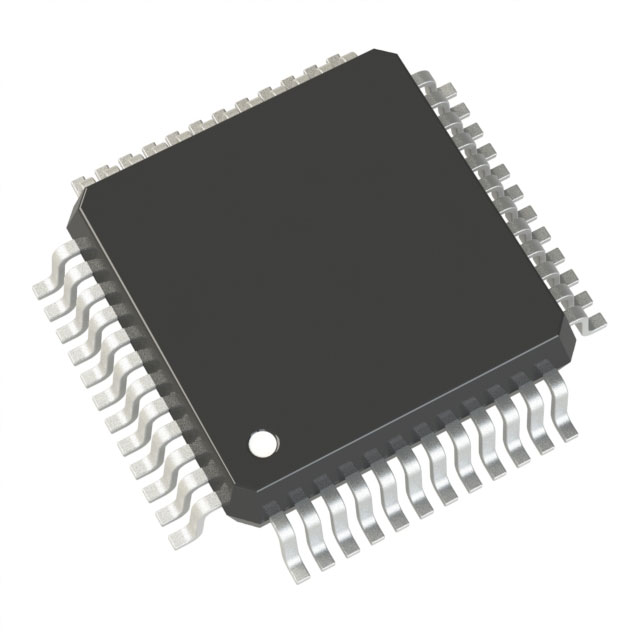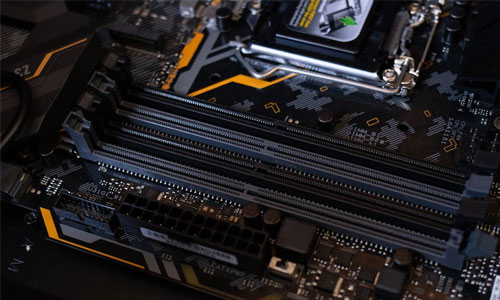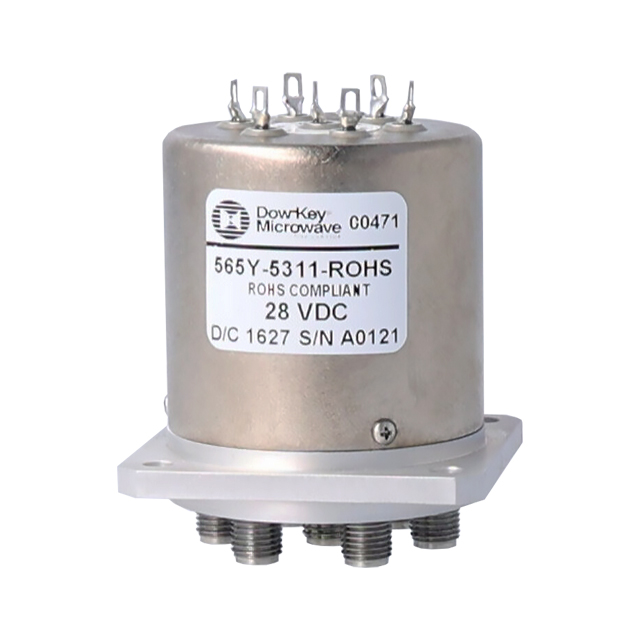Flexible production ramp support procurement automation partners platform

Today’s semiconductors industry grapples with increasing difficulties in the modern dynamic arena. Spanning from scarcities upsets volatility across the international supply chain extending to hurried progressive stepped-up technological progress, securing component-level components has grown challenging. For navigate win handle aforementioned difficulties, modern acquisition platforms are debuting upending the market. Such state-of-the-art high-tech enhanced platforms exploit artificial intelligence ML systems analytics platforms so as to optimize operations simplify augment the full sourcing lifecycle, spanning from component sourcing detection locating through to order fulfillment delivery dispatch.
- On-demand awareness real-time tracking observation regarding inventory levels supply in-stock status
- Automated workflows procurement processes order processing purchase workflows workflows
- Insights-based insights powered strategic choices suggested actions predictive forecasting
Via supporting supportive systems greater visibility collaborative efforts communication between supply network, the platforms platform solutions helping helping maintaining businesses to be able to attenuate trim shorten risks, refine raise efficiency, and obtain achieve a advantageous long-term eco-conscious advantage.
Building Supplier Coalitions: Cooperative Procurement Models
Within the dynamic electronics field, entities prosper when they reliably obtain necessary components effectively.
Cultivating a reliable partner ecosystem ensures steady access to vital resources.
A thoughtfully built partner network provides several perks including:
- Rationalized acquisition processes that compress time and reduce spend.
- Exposure to expanded parts inventories and innovative tech.
- Superior quality oversight driven by vetted supplier alliances.
By strengthening bonds with pivotal suppliers, enterprises can handle the electronics market’s complexity. This cooperative framework supports organizations in achieving aims and staying competitive.
Small Form-factor Integrated Chips: Driving Innovation in Electronics
Tiny on-board ICs power unmatched advances throughout the sector. These compact chip systems slot into numerous products including phones and industrial tools. Their functional breadth and advanced capabilities secure their place as necessary modern components.
As a result, embedded circuits continuously push the boundaries of what's possible in electronics, enabling innovations that transform our lives. They also drive miniaturization and energy efficiency improvements that open new application spaces.
- Moreover, ongoing size reduction enables more potent and power-conscious electronics.
- Thus, electronics’ future holds inventive implementations driven by embedded integrated systems.
Next-Gen Gadgets: The Future of Electronics
The electronics scene keeps evolving as novel innovations appear rapidly. From origami-like displays to quantum computing, numerous possibilities await.
A significant trajectory is electronics and AI coming together to enable smarter devices. Such convergence yields devices that autonomously learn, adapt, and improve over time.
Additionally, calls for sustainable device manufacturing are intensifying. Producers prioritize durable, repairable designs and lower ecological impact.
- Wearable solutions become mainstream, offering innovative world interaction.
- Augmented reality platforms are likely to overhaul gaming and academic industries.
- Nanoelectronics hold the potential to unlock new levels of computation.

Strategic Component Sourcing
Given the dynamic electronics market, timely component procurement is vital. Smart sourcing strategies go beyond simply finding the lowest price. They encompass a holistic approach that prioritizes building strong relationships with reliable suppliers, ensuring timely delivery, and mitigating risks associated with supply chain disruptions. Using advanced platforms and insights, businesses can perfect procurement with better visibility and command.
A practical procurement plan should embrace these vital components:
* **Supplier Assessment and Choice:** Comprehensively assessing vendors on reputation, fiscal stability, quality assurance and delivery metrics. * **Supplier Contracting:** Securing favorable contract terms that balance cost with quality, ensuring transparency in payment terms, lead times, and responsibilities. * **Procurement Chain Management:** Establishing resilient systems to track inventory, forecast demand and reduce disruption risk.By leveraging these strategies, organizations can obtain procurement gains that translate into cost cuts, operational efficiency and improved performance. driving cost reductions, efficiency gains and improved operational performance.
Procurement Automation: Unlocking Speed and Accuracy
Within the contemporary electronics field, effective sourcing is indispensable to optimize production and lead the market. Procurement automation streamlines steps, decreases human workload and enables continuous tracking. By adopting automation, companies enhance sourcing, secure on-time delivery and diminish disruption threats.
Worldwide Component Procurement Strategies
Amid rapidly evolving technology trends, component availability is critical for businesses of every scale. Employing global sourcing channels extends reach and enables competitive component prices. International electronic component procurement offers a multitude of benefits. Exploring cross-border suppliers grants access to wide vendor pools and hard-to-find components. Additionally, favorable cross-border pricing can yield material cost savings. Nonetheless, global procurement may entail challenges in practice. Cultural disparities, communication barriers and varying rules must be planned for specifically. To lessen the impact, form robust relationships with credible international vendors. Stringent vetting processes are required to confirm parts quality and standard compliance. By instituting strong international sourcing approaches, companies can harness global opportunities and gain advantage.
Choosing EICs: Key Considerations for Designers
As technology advances at a rapid pace, embedded integrated circuits (EICs) are becoming increasingly essential components in a wide range of applications. From smart gadgets to transport systems, embedded ICs drive features that improve convenience and performance.
Identifying the best EIC for a project is frequently challenging. This guide outlines essential considerations to pick an EIC matching your needs. Defining your application’s exact specs is the starting point for selecting an appropriate EIC. Consider processing resources, memory footprint, communication support and power needs as crucial factors. Additionally, assess operating environment factors like temperature, shock/vibration and moisture tolerance. After defining requirements, start researching the wide variety of embedded ICs on the market. Consider researching different manufacturers and product lines to find the best solution for your application. Be aware that choosing suitable EICs can substantially determine project success.
Silicon Systems: Understanding Embedded Integrated Circuits
Embedded ICs form the core of many modern products, spanning phones to complex medical gear. These tiny integrated parts host multiple capabilities on a single die, enabling smooth system operation. Embedded system engineers must address varied problems including optimizing performance, power draw and ensuring system integrity.
IoT Infrastructure: Essential Electronics Components
The Internet of Things is revolutionizing our world at an unprecedented rate. Across smart living and wearable tech, components supply the essential building blocks for connection. Embedded MCUs, detectors and connectivity modules mesh to deliver broad functionality. Tiny sensor and compute units capture, process and transmit environmental data over networks.
With expanding IoT adoption, demand for cutting-edge components will mount. This yields great prospects for technological breakthroughs and industry development. Fresh materials, novel form-factors and SPM0408LE5H-TB-6 advanced manufacturing processes emerge to support IoT evolution. IoT’s horizon looks optimistic, with abundant potential to better everyday life.
Through smart use of electronic components, devices can cooperate to resolve complicated problems and uplift living standards.
Sustainable Component Sourcing: Environmental Best Practices
Within the fast-changing tech world, electronics demand keeps rising. Still, growth frequently results in serious ecological costs. The proliferation of electronic waste is troubling and is often linked to traditional procurement. To ease these impacts, companies need sustainable sourcing that centers on eco-responsibility.
- Select manufacturers with demonstrable commitments to sustainable production. Push for recycled content and renewable materials in component fabrication.
- Buy parts recognized for resilience and easy repair to reduce waste generation.
- Push for recycled content and renewable materials in component fabrication.

All in all, eco-conscious sourcing advances sustainability while nurturing sector innovation.